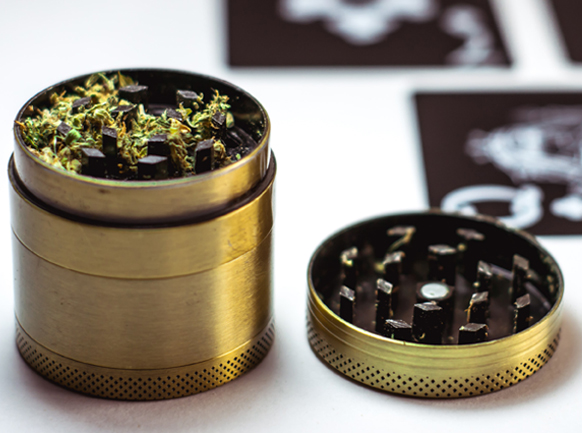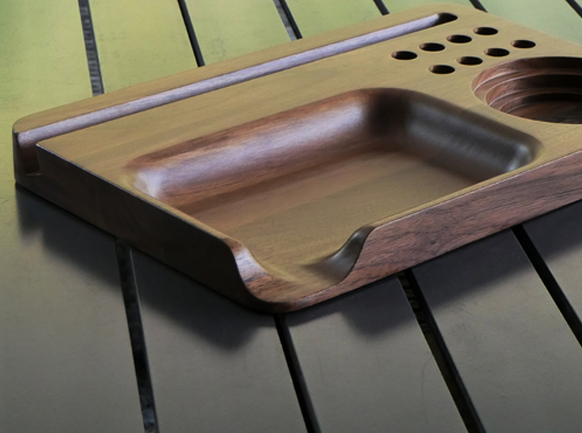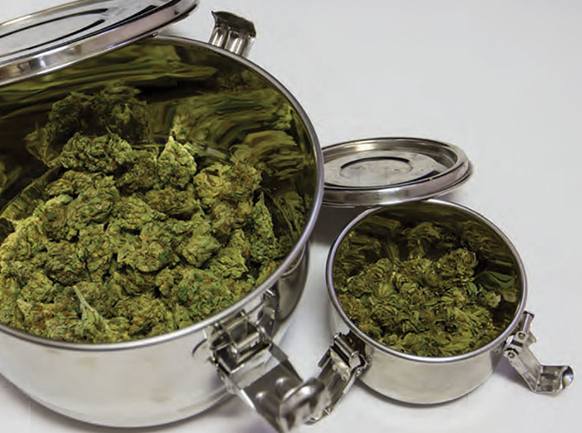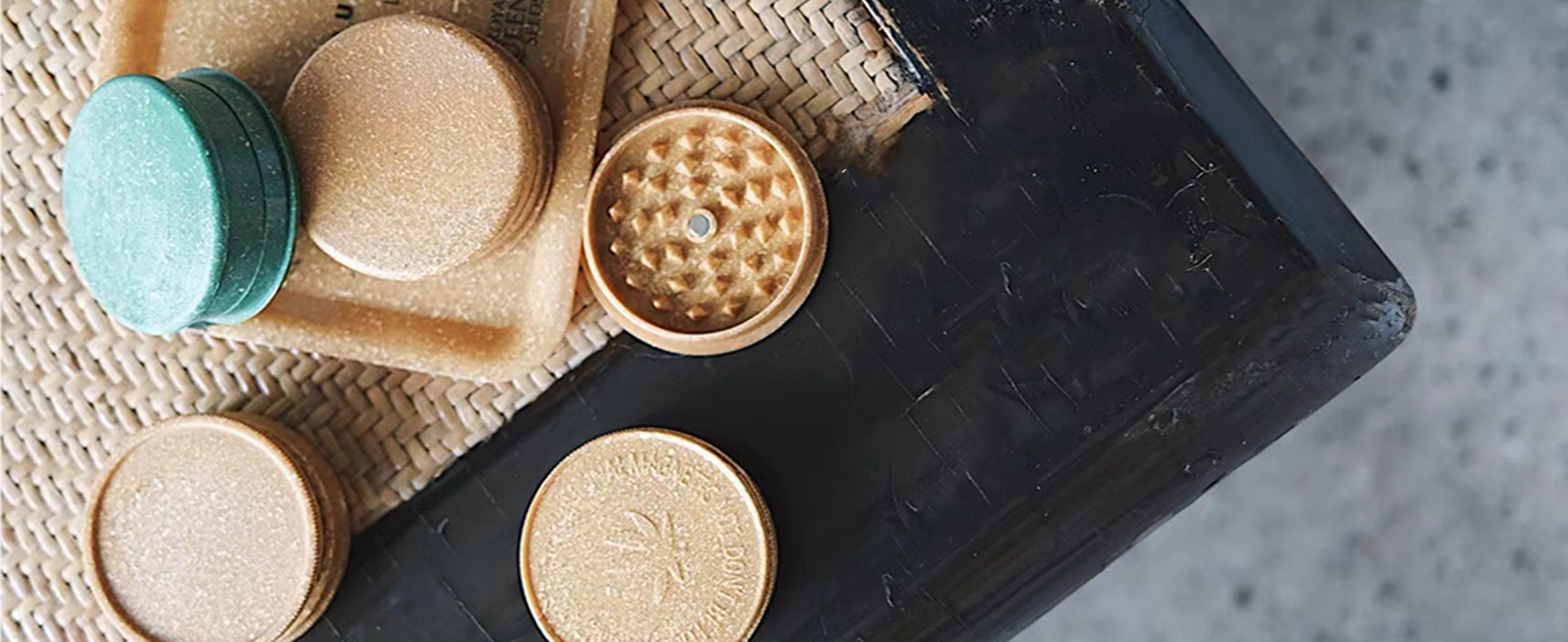Introduction:
In an era where environmental sustainability is a top priority, the development of degradable materials has emerged as a significant stride towards reducing our ecological footprint. Among these materials, the combination of wood pellets with polystyrene (PS) and wheat straw with polypropylene (PP) has garnered attention for its potential to offer both functionality and eco-friendliness. In this blog, we delve into the composition of these innovative degradable materials, exploring the synergy between natural elements and synthetic polymers.
Wood Pellets with PS: Marrying Nature and Science
The fusion of wood pellets with polystyrene creates a unique blend that capitalizes on the strength of synthetic polymers and the biodegradability of wood. Here’s how the composition works:
- Wood Pellets: Wood pellets are derived from compressed sawdust, shavings, and wood chips, making them a renewable and biodegradable resource. Their natural composition contributes to the overall degradability of the material.
- Polystyrene (PS): PS is a versatile synthetic polymer known for its durability, thermal insulation properties, and lightweight nature. When combined with wood pellets, it enhances the mechanical strength and stability of the material.
Advantages:
- Eco-Friendly: The inclusion of wood pellets reduces the environmental impact of the material, as wood is a renewable resource.
- Durability: PS enhances the overall durability of the material, ensuring it retains its functionality over time.
- Biodegradability: The wood component of the blend promotes biodegradation, making the material more environmentally friendly compared to traditional PS products.
Wheat Straw with PP: The Natural Connection
Pairing wheat straw with polypropylene creates a compelling composition that brings together agricultural waste and synthetic polymer resilience. Here’s a breakdown of the composition:
- Wheat Straw: Wheat straw is an agricultural byproduct that would otherwise go to waste. By incorporating it into the material, the composition becomes more sustainable and contributes to waste reduction.
- Polypropylene (PP): PP is a widely used synthetic polymer with excellent resistance to fatigue, heat, and chemicals. In this blend, it provides the material with strength and versatility.
Advantages:
- Agricultural Waste Utilization: Wheat straw repurposes agricultural waste, reducing the need for landfill disposal.
- Strength and Stability: PP lends its mechanical properties to the material, ensuring it maintains its structural integrity.
- Sustainability: The use of wheat straw aligns with sustainable practices by utilizing a renewable resource and minimizing waste.
Conclusion: A New Dawn for Eco-Friendly Materials
The combination of wood pellets with PS and wheat straw with PP exemplifies the innovative potential of blending natural elements with synthetic polymers to create degradable materials. These compositions not only offer enhanced durability and functionality but also contribute to reducing the environmental impact of traditional plastics. By embracing these eco-friendly options, we pave the way for a more sustainable future—one where resource conservation and waste reduction are at the forefront of material innovation. As we continue to explore the possibilities of degradable materials, these compositions stand as promising examples of how science and nature can coalesce to create a harmonious and environmentally conscious future.
Subscribe to our free newsletter
Signup for the latest events and news!
* Add notice about your Privacy Policy here.






